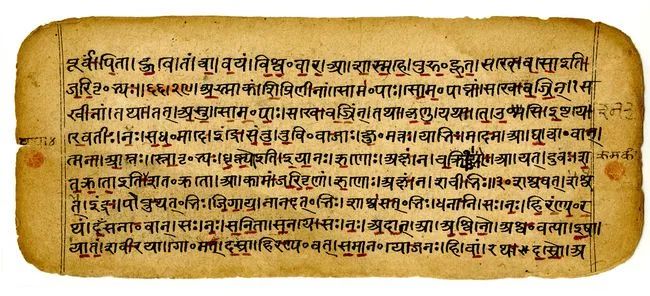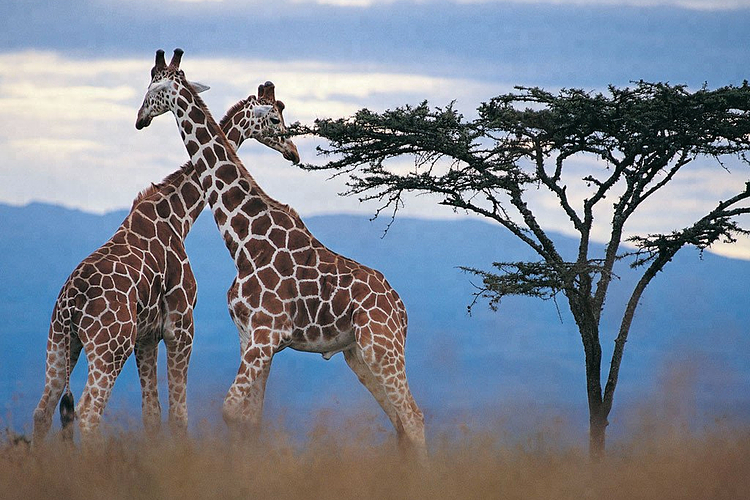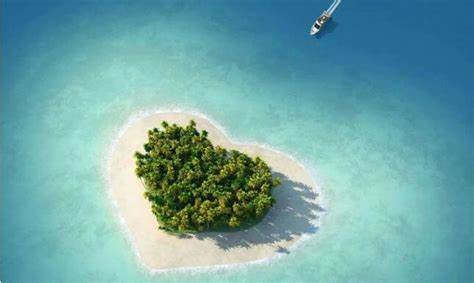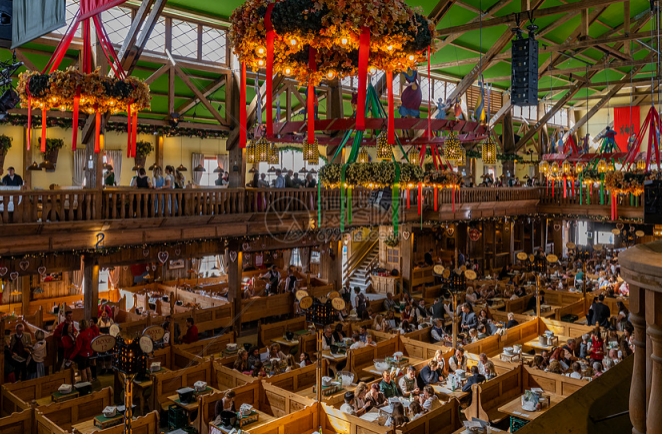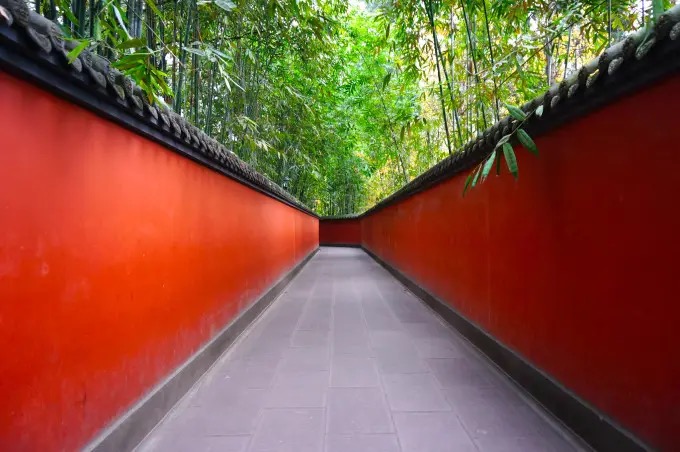The name of Iceland always leaves people a sense of rejection. In our imagination, it should be a remote, cold and barren land. However, names are often deceptive, as opposed to Greenland (which means green land), which is truly an “ice” island. So is Iceland actually a “green” island?
The answer can be “yes” and “no”. It does have a lot of green land.But green can only be a negligible characteristics. Located at the northern end of the Atlantic Ocean, Iceland is quite far from Europe and North America, making it hard for people to visit. As it is close to the North Pole, a circular map offers a more correct reflection of Iceland’s location and size.

If you dream of travelling around the world but short in time, Iceland will be a best destination for you, offering you the world’s most natural landscape.In this way, Iceland is a condensed version of Earth, which is also the essence of our lonely planet.
I only stayed for a mere 5 days, which I think is a great pity. A condensed Earth deserves our exploration for at least 15 days, even 50 days is not too much. To visit the condensed Earth, we naturally have to explore it for ourselves. What exactly does Iceland look like? The following photos are shot from my camera, all without ps, in order to let you have an intuitive and real feeling of what Iceland looks like.
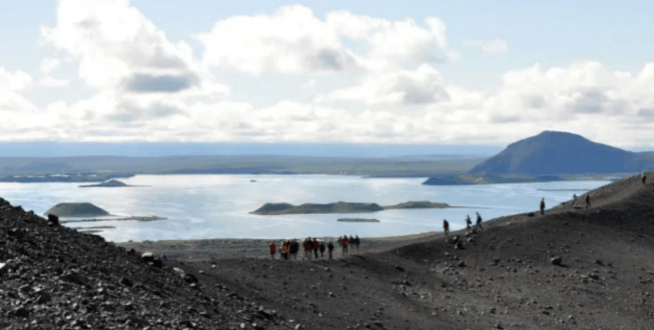
This lake is called Myvatn and the volcano above is called Hverfjall, which is a dense area of famous attractions in Iceland. In the photo above, there seems to be a small crater on the shore of the lake in the distance. In fact, this is not a real crater, but a pseudo-crater (pseudo crater) formed when lava flowing over the cold lake caused a large amount of steam to erupt, triggering a phenomenon similar to a volcanic eruption. But it is not an eruption from the interior of the earth, so it is not a volcano.
The most famous, of course, is the Dettifoss. It may not have the water of Niagara or the height of Iguazu, but it is deep in the wilderness, flowing muddy and showing nature at its strongest and roughest.
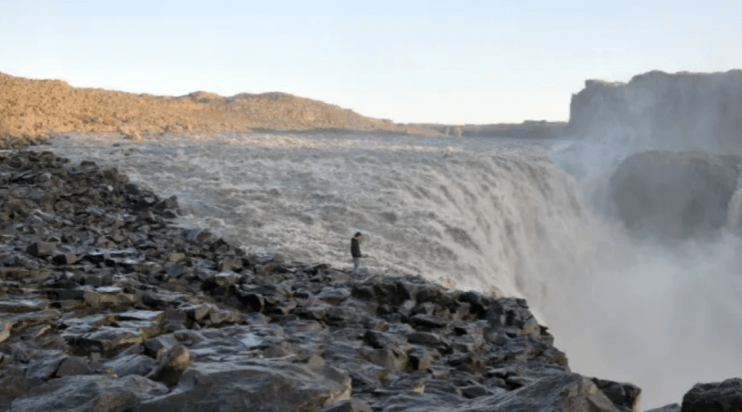
However, this iconic Icelandic attraction is not really that easy to reach. It is located in the northeastern part of Iceland near Highway 864. Here are just a few words about Iceland’s road system. The largest ring road is Route 1 and has the best facilities. But when I was there, it was not exactly asphalt and partly dirt. Route 1 is also the only road with a single digit number, which has many branches to go deeper into the various regions of Iceland. They are all double digit roads, most of which are gravel or yellow roads. After all, it is a land with only 300,000 people, most of which are still Most of them are gravel or dirt roads, and after all, with a population of 300,000, most of whom are gathered in the capital. There are not many cars travelling these places in a year. As you may have guessed, the three-digit numbered roads are the feeder roads to the two-digit roads, or the feeder roads to the feeder roads. Road conditions are usually very bad, so it often occurs that you break down.
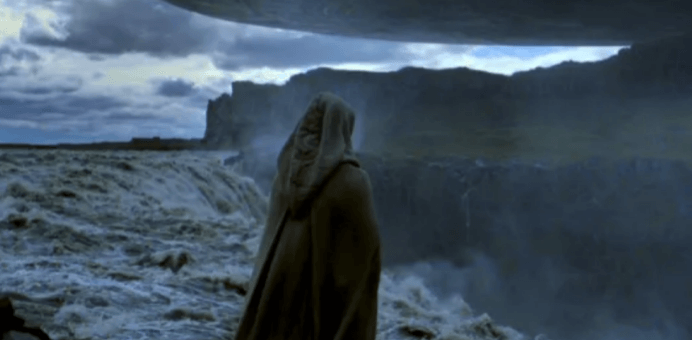
A magical journey always brings unforgettable memories, and it is a once-in-a-lifetime fate to share this memories together. Even though this journey was only 5 days, we can still talk about that experience today.
